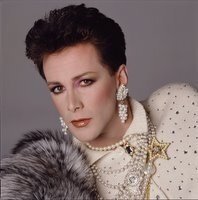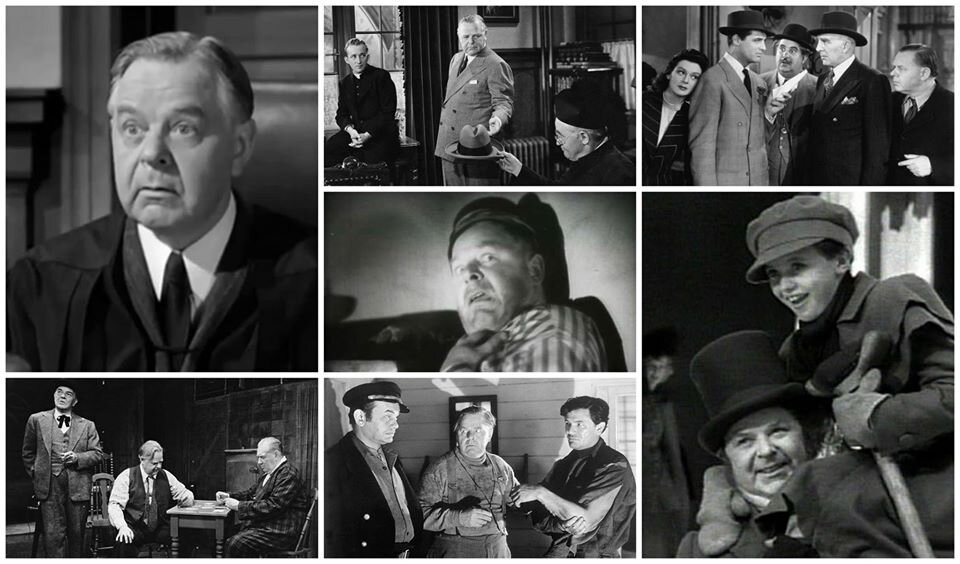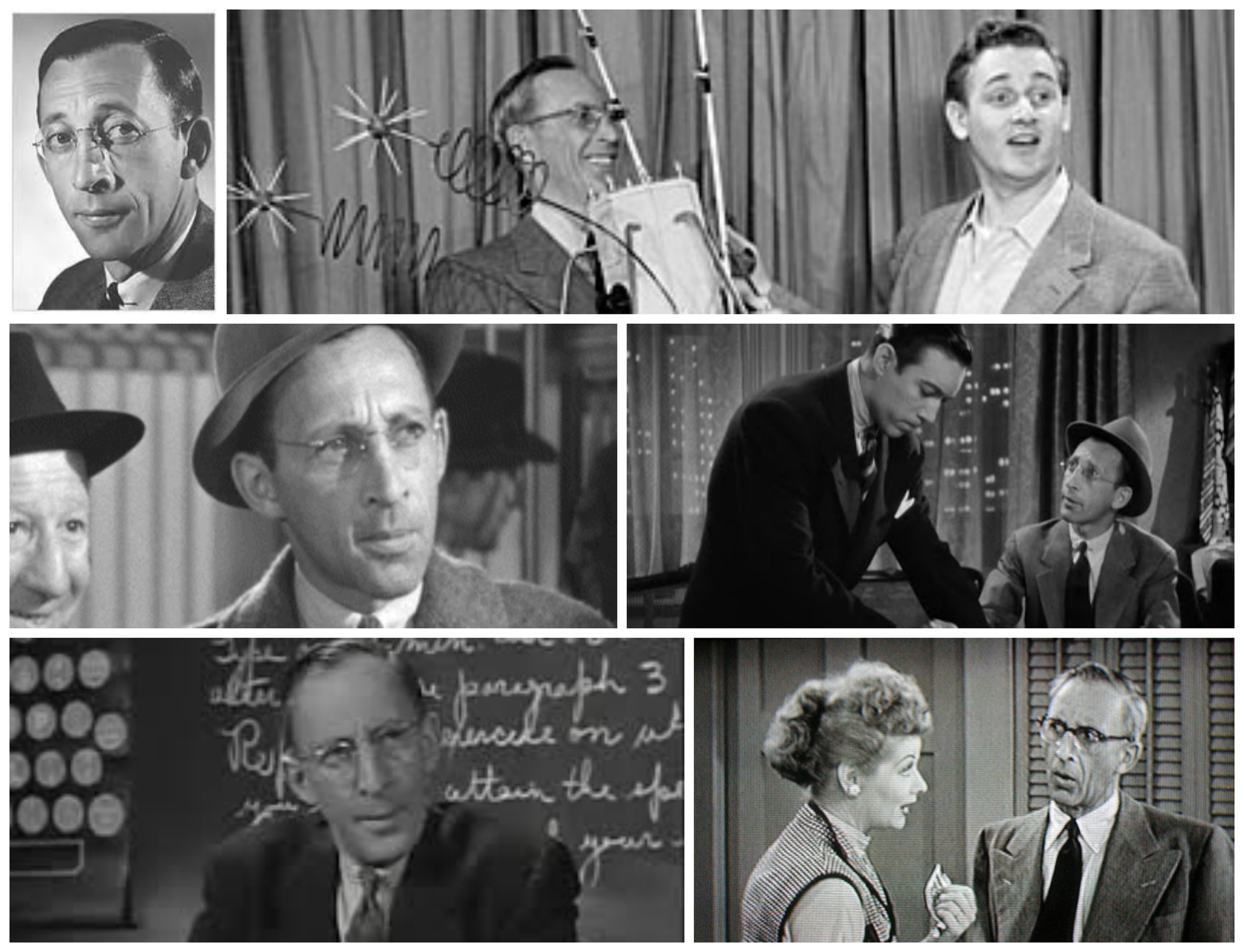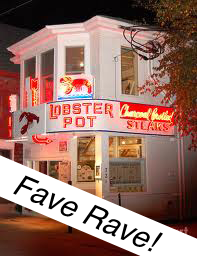Sybil Bruncheon's "A Few of My Favorite Things"... John DiLeo's "There Are No Small Parts"...
/You know when someone gives you a box of luxury chocolates, maybe for your birthday?... no, I'm talking about LUXURY chocolates! Not some past-its-freshness-date Whitman's sampler from the corner drugstore or a Fanny Farmer hand-me-down from Aunt Edith! I'm talking about Teuscher Champagne Truffles with NO crushed red velvet bow or a smirking bunny with a bent tinfoil ear... ok? You get the idea! Well, if you've ever had the delicious pleasure of that, you know that you savor each one you carefully lift from its pleated paper cup. You really look at it, maybe smell the deep chocolate perfume coming off it before you slowly slip it into your mouth. There's no racing through the box, wedging one after another, unfinished onto the conveyor belt of your gaping tongue and maw, right? It's an exercise in being present and appreciative of something truly wonderful...
Well! Having said all that, there is a newly published book by a truly wonderful writer and film fanatic who has over-ridden any restraint you might have to "savoring", blah, blah, blah! It's "THERE ARE NO SMALL PARTS" by John DiLeo; a collection of extraordinary essays on film performances of ten minutes or less that are unforgettable, perhaps even iconic, and that are immediately recognizable. Even if you "can't quite place the name" of the actor, you might be able to recite every line, and with the same cadences and emotions that earned them a place in this book! Reading these essays, starting with the first one of Elsa Lanchester's in BRIDE OF FRANKENSTEIN (1935), you may find yourself gobsmacked by DiLeo's astute joy and celebration of each actor's incredible talent in such a small space; how can an artist render so much with so little? Well, that's genius for you! Eleven of these one hundred gems were nominated for Oscars, and two won, each with an onscreen time of less than 7 minutes! An Oscar in less than 7 minutes!!! Talk about nuance!
Reading some of these essays may bring you to knowing laughter, some may move you to tears, but all of them will certainly impress you with DiLeo's knowledge and discernment. I opened the book and sat stunned that he had chosen performances, one after another, that I had always treasured, even as a child. And how wonderful too, to see major stars take a brief turn "just for the fun of it"; Marlene Dietrich in TOUCH OF EVIL (1958), Gene Hackman in YOUNG FRANKENSTEIN (1974), or Al Pacino in ONCE UPON A TIME IN HOLLYWOOD (2019).
Back to the box of chocolates; I savor a box of Teuscher Champagne Truffles, one at a time, and certainly NOT finishing all of them in one sitting. Sadly, these essays are so delicious that many readers have stated that they opened the book... and read on and on, page after page, gorging themselves on his erudition, humor, wisdom, and on the combination of his subjects' brilliance and his for celebrating it... I am one of those readers!... wolfing down one after another, swearing to take a break, and making the mistake of "oh, just one more"! Why couldn't he have made it 200 performances??... Or is there perhaps a sequel?? (I hope, I hope, I hope!)... Thank God, gorging on John DiLeo is non-fattening. Oh, and when you've finished, you can start all over again!
[Want to read other fun and funny stories here on SybilSez.com? Just enter any topic that pops into your head in the "search" window on the upper right! Who knows what might come up?...and feel free to share them with your friends!]















